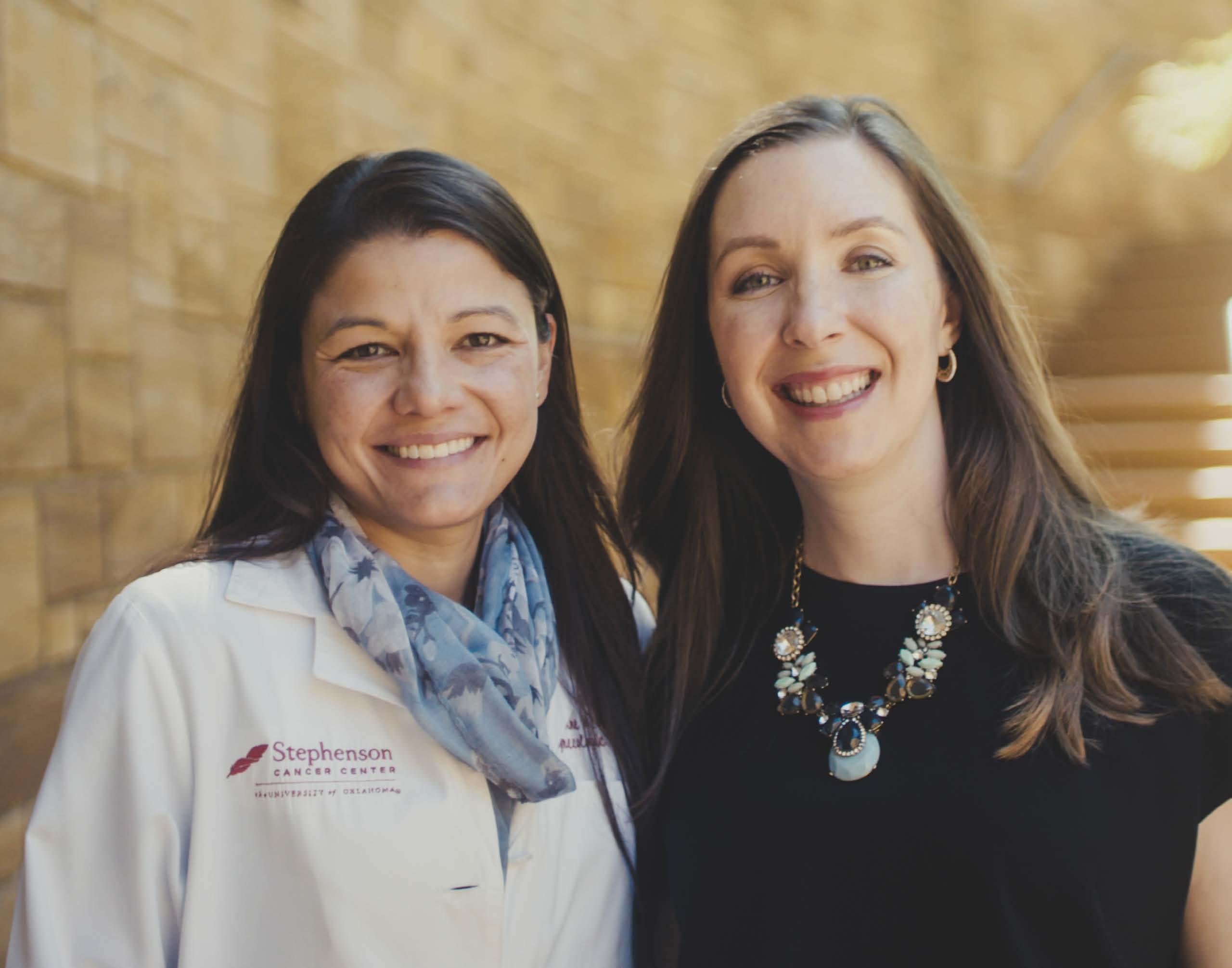RESE ARCH
may be able to have an overall preventive effect on diseases.” The beauty of Sathyaseelan’s study is that she may have some new drugs to test. Necroptosis also plays a major role in neurodegenerative diseases like Alzheimer’s, Parkinson’s and multiple sclerosis, and several drugs designed to treat those conditions are in clinical trials. If found to be successful, those drugs may also be effective for her studies, she said. Sathyaseelan also made an unplanned discovery that is particularly relevant to hepatocellular carcinoma, a type of liver cancer that is an example of an inflammation-related cancer. When she blocked necroptosis in her research model of hepatocellular carcinoma, the level of inflammation decreased. “That was a very exciting finding,” she said. “It’s a starting point for me to look more into the details of the role of necroptosis and inflammation in liver cancer.” Liver cancer is especially concerning in the United States, where it has risen dramatically since the late 1970s. Even though the major risk factor for liver cancer is chronic infection with hepatitis B and C, obesity and fatty liver disease are the likely causes behind the rise of liver cancer, Sathyaseelan said. And, as with other cancers, aging itself is a factor. By 2030, liver cancer is expected to be the third-leading type of cancer in the United States, she said. Research reported in this press release was supported by the National Institute on Aging of the National Institutes of Health under the award number 1R01AG059718-01A1. Sathyaseelan’s research also has been funded locally by the Presbyterian Health Foundation and the Oklahoma Center for the Advancement of Science and Technology.
Stephenson Cancer Center Physician Is Lead Author of Study Showing Drug Prolongs Life for Patients With Ovarian Cancer Women with ovarian cancer who have undergone four or more rounds of chemotherapy typically haven’t had much hope that another treatment option will lengthen their lives in a meaningful way. However, a new research study shows tremendous promise for a drug called niraparib to extend life when all options have been exhausted. Gynecologic oncologist Kathleen Moore, M.D., associate director of clinical research at the Stephenson Cancer Center, is the lead author for the study, which was published in The Lancet Oncology, the world’s leading cancer journal. The study reveals especially good news for patients with ovarian cancer who do not have a mutation of their BRCA gene, as well as those who have received multiple
chemotherapy treatments. Because the study showed a longer survival time for those patients, it lends support for an expansion of the use of niraparib, a PARP inhibitor that targets cancer cells without affecting normal cells. “This is another piece of the puzzle that helps our patients live longer,” Moore said. “There haven’t been a lot of studies done on patients without BRCA mutations who have received four, five, six or more lines of chemotherapy. That’s who this trial sought to study. Until we can cure patients, we are doing our best to find treatments that buy them meaningful periods of time, until we can provide them with the next effective line of therapy.” Because women with BRCA-associated cancers respond best to PARP inhibitors, they have been the most heavily studied group and led to the first indications for using the drugs in treating ovarian cancer. However, only about 25% of women with ovarian cancer have a BRCA mutation either in their tumor or blood, and there is a high unmet need for effective therapies for the 75% of women who do not have BRCA mutations, Moore said. Ironically, having a BRCA mutation means that the patient’s cancer will respond better to chemotherapy and to a PARP inhibitor like niraparib. Women with BRCA mutations have something called homologous recombination deficiency – which means that when their cancer cells make mistakes in the process of dividing, they have trouble repairing those mistakes. PARP inhibitors like niraparib make repairing those mistakes even harder, which equates to treatment being able to kill cancer cells more efficiently. However, women with BRCA mutations aren’t the only cancer patients who have homologous recombination deficiency. Up to 25% of women without a BRCA mutation can also develop the condition, meaning they, too, can benefit from taking a PARP inhibitor. The study further categorized patients into those who were resistant to platinum-based chemotherapy and those who showed some response to it. Among women who responded to their last chemotherapy treatment, 27% responded well to niraparib and averaged 9.2 months until the disease grew or spread. Participants in the study had an overall survival time of more than 20 months, which is quite remarkable in this late line of therapy, Moore said. “We don’t normally see response rates of more than 10% in women who have had four, five and six chemotherapy treatments,” she said. “So a 27% response, especially given that these were not all women with BRCA mutations, was a nice signal that these patients can still benefit from PARP inhibitor use.” Even among women whose cancers were resistant to their last chemotherapy treatment, niraparib still extended their lives. In that category, 33% of women benefited from the drug for at least four months. “Those additional months are important,” Moore said. “They are never enough, but several months of disease stabilization is better than none. They can get people to Christmas or to see a new grandchild or to another milestone. Then, if they
[ Fa l l / Wi n t e r 2 019 ]
31











































